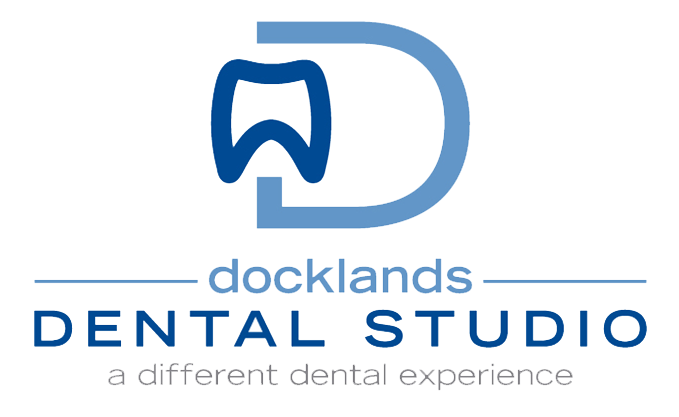Oral rinses are a popular way to freshen breath and improve your oral health, but do you know what’s inside your mouthwash? Few people take the time to read the list of active ingredients in mouthwashes, and instead rely on packaging verbiage to guide their purchases. If you tend to read the ingredients before you purchase food items, it’s worth a few minutes of your time to learn about the ingredients in oral rinses. Knowing what’s inside your mouthwash can help you make sure you are buying the best product for your needs and taking the right steps to preserve the health of your teeth and gums.

The Act of Rinsing
Rinses are not considered essential to good oral health. Brushing and flossing are still the only part of your oral care regimen we put in the “necessary” category. However, rinsing can help make sure your mouth gets as clean as possible and adds an extra layer of protection for your teeth and gums.
Regardless of which variety you choose, the act of rinsing, in itself, can help you keep your mouth clean. When you swish vigorously, the liquid can access parts of the mouth that are too small for toothbrush bristles to reach. In conjunction with brushing and flossing, it can be an effective way to make sure you are removing all food residue from all the crevices of the mouth.
Most Common Ingredients in Mouth Wash
There are a plethora of specific oral care rinses available for sale today, so it’s worth your time to read the ingredients and know what you’re buying. Some rinses focus on strengthening tooth enamel, while others aim to counteract the compounds that cause bad breath. Most rinses contain at least one of the ingredients found below—and some may very well contain all of them!
Alcohol – Alcohol and other microbial agents are used in mouthwashes for the simple reason that they are very effective at killing the bacteria that cause bad breath, tooth decay, and gum disease. Not everyone likes to use alcohol-heavy mouthwashes, however, because they create a burning sensation and can dry out the mouth. If you suffer from dry mouth, you’ll probably want to avoid alcohol-containing rinses, as they can exacerbate the condition.
Menthol, Thymol, Eucalyptol and Methyl Salicylate – Mint (menthol), thyme (thymol), eucalyptus (eucalyptol) and wintergreen (methyl salicylate) oils are commonly used in mouthwash because they create that cool, minty fresh feeling that makes us feel like our mouths are clean. There is some evidence that these ingredients can inhibit mouth bacteria on their own, but their primary purpose is to freshen the breath and create the flavor we desire in a rinse.
Fluoride – Just like the fluoride found in toothpaste, fluoride rinses can fight the formation of plaque and help repair and strengthen tooth enamel. Fluoride has the ability to inhibit bacteria and it also remineralises the teeth. It cannot reverse a cavity once it has formed, but it can strengthen “soft spots” so they don’t turn into cavities.
Fluoride is probably the single most helpful ingredient in the fight to prevent tooth decay. If you use a fluoride rinse, take care not to drink water or rinse the mouth with anything else afterwards, for about 30 minutes. The longer the fluoride sits on the teeth, the better. Also take care not to swallow any fluoride-containing mouthwash, as it can be toxic in high doses.
Chlorhexidine – Like alcohol, chlorhexidine is an antiseptic and disinfectant. It is very effective against the bacteria that contribute to tooth decay and gum disease. Prescription rinses for gum disease often contain this ingredient, so you may wish to use a chlorhexidine rinse if you have been diagnosed with gingivitis.
Xylitol – This ingredient has become more popular in recent years, as consumers search for more gentle-yet-effective oral care products. Xylitol is a curious substance because it is a sugar alcohol that can be used to sweeten gums and candies—yet it does not harm the teeth. It is non-caloric and does not feed mouth bacteria. There have been numerous studies that suggest xylitol can improve oral health because it renders mouth bacteria unable to process other sugars.
Home-Made Rinses
It may surprise you to learn that a gentle home-made rinse of warm salt water can be a very effective alternative to commercial mouthwashes. Patients with gum inflammation or oral sores are often recommended a salt-water rinse, as it acts as a natural disinfectant and can reduce swelling in the soft tissues of the mouth. Green tea also has proven anti-inflammatory effects on the oral tissues and has been long known to help reduce symptoms gum disease. If you are keen to make a gentle home-made rinse, dissolve a tablespoon of salt in a warm cup of fresh-brewed green tea and rinse for 30-60 seconds.
Another popular home-made rinsing technique is called oil-pulling. This has become popular in recent years, and the practice originally comes from an Ayurvedic technique in which one rinses the mouth vigorously with an edible oil for more than five minutes. Coconut oil is most commonly used, but any kitchen oil will do. It’s true that oil is an effective cleaning tool, and there may even be some research to suggest that prolonged contact with oil is capable of dissolving the protein bonds of mouth bacteria. Of course, rinsing the mouth with anything for five minutes or more will result in a cleaner mouth, but there’s no harm in using oil if you are fond of the practice. (Just be sure to spit the oil into the trash when you are finished, as coconut oil can clog your drains!)
Rinses for Dry Mouth
If you suffer from dry mouth, you may want to seek out a rinse designed specifically to lubricate the mouth. These rinses combine gentle ingredients that can freshen and moisten the mouth without causing harm to the teeth. One of the most popular recommended dry mouth rinses is Biotene, and it claims to keep the mouth moist for up to 4 hours.
Visit Us to Learn More About Oral Care Products
Are you keen to learn more about the products you use to keep your teeth and gums clean and healthy? Visit one of our friendly dentists at Docklands Dental Studio for a check-up and we’ll have a chat! Call us today at (03) 9021 9487 to make an appointment.
If you are in Port Melbourne or South Wharf, it’s quite easy to get to our dental practice via the Web Bridge (foot or bike) or Wurundjeri Way (by car).
Also published on Medium.
